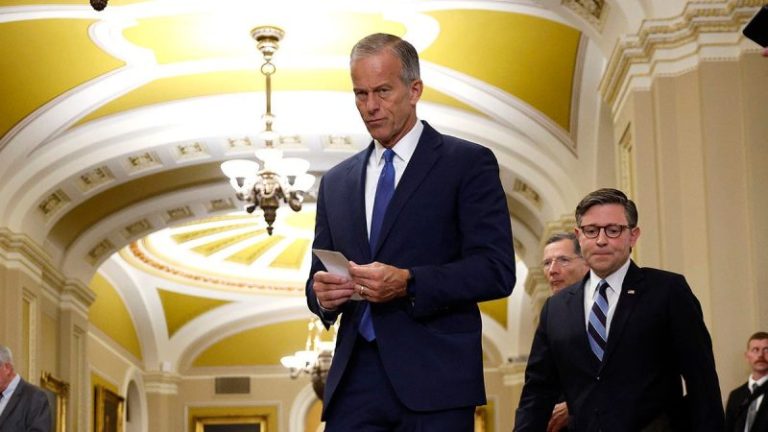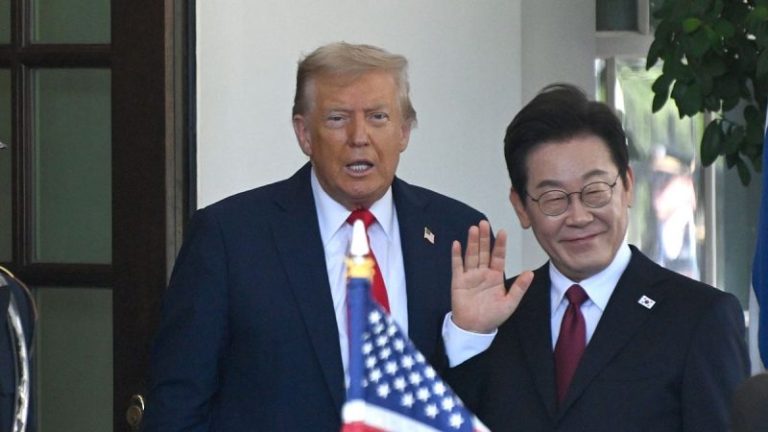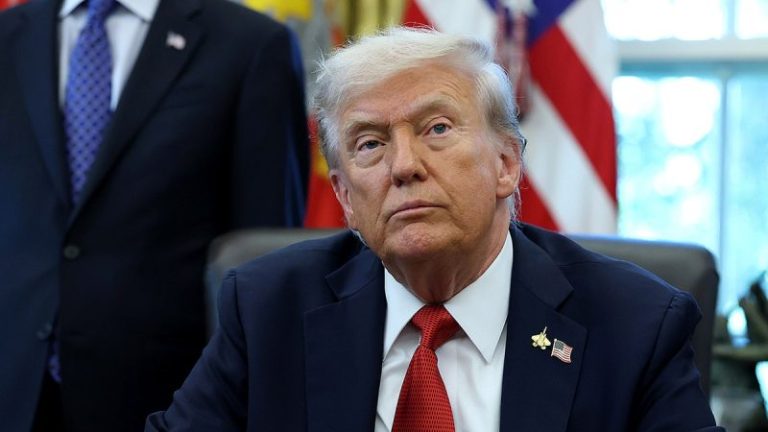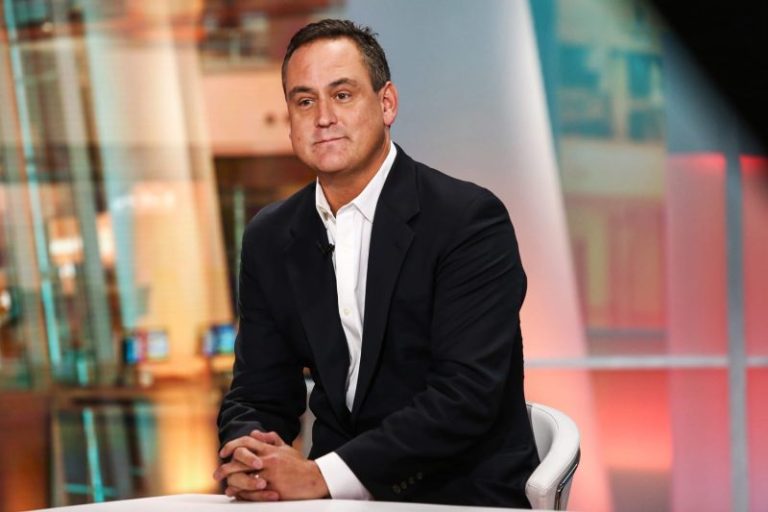Senate Majority Leader John Thune, R-S.D., believed that Senate Democrats were ‘in a bad place’ after they tanked Republicans’ push to consider the annual defense spending bill on Friday.
Thune argued during an exclusive interview with Fox News Digital that Democrats’ decision to vote against the procedural exercise seemed like ‘an extreme measure, and I think it’s coming from a very dysfunctional place right now.’
‘I think there’s a ton of dysfunction in the Democrat caucus, and I think this [‘No Kings’] rally this weekend is triggering a lot of this,’ he said.
Thune’s move to put the bill on the floor was a multipronged effort. One of the elements was to apply pressure on Senate Minority Leader Chuck Schumer, D-N.Y., and his caucus to join Republicans to jump start the government funding process as the shutdown continues to drag on.
Another was to test Democrats’ desire to fund the government on a bipartisan basis — a demand they had made in the weeks leading up to the shutdown.
‘I think the leadership is applying pressure,’ Thune said. ‘They were all being called into Schumer’s office this morning to be browbeaten into voting ‘no’ on the defense appropriations bill, something that most of them, you know, like I said, that should be an 80-plus vote in the Senate.’
To his point, the bill easily glided through committee earlier this year on a 26 to 3 vote, and like a trio of spending bills passed in August, typically would have advanced in the upper chamber on a bipartisan basis.
The bill, which Senate Republicans hoped to use as a vehicle to add more spending bills, would have funded the Pentagon and paid military service members.
But Senate Democrats used a similar argument to block the bill that they’ve used over the last 16 days of the government shutdown in their pursuit of an extension to expiring Obamacare subsidies: they wanted a guarantee on which bills would have been added to the minibus package.
‘What are you — are you gonna go around and talk to people about a hypothetical situation,’ Thune countered. ‘I think, you know, once we’re on the bill, then it makes sense to go do that, have those conversations, which is what we did last time.’
The Senate could get another chance to vote on legislation next week that would pay both the troops and certain federal employees that have to work through the shutdown, but it won’t be the defense funding bill. Instead, it’s legislation from Sen. Ron Johnson, R-Wis., and several other Senate Republicans.
As for the torpedoed defense bill, which was the last vote for the week in the Senate, Thune argued that it was emblematic of Senate Democrats being ‘in a place where the far-left is the tail wagging the dog.’
‘And you would think that federal workers, who you know, federal employee unions, public employee unions, who Democrats [count] as generally part of their constituency, right now, they’re way more concerned about what Moveon.org and Indivisible, and some of those groups are saying about them, evidently, than what some of their constituents here are saying,’ he said.
‘Because there’s going to be people who are going to start missing paychecks, and this thing gets real pretty fast,’ he continued.










